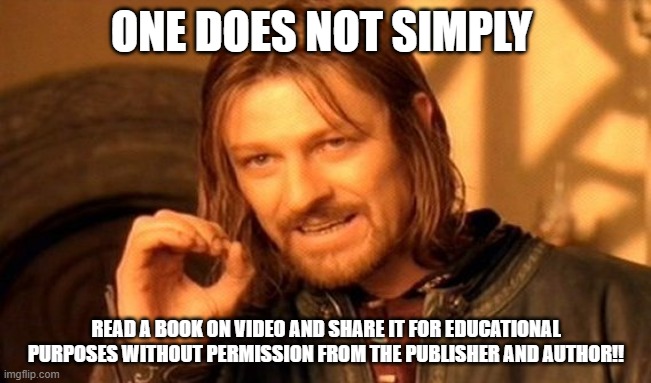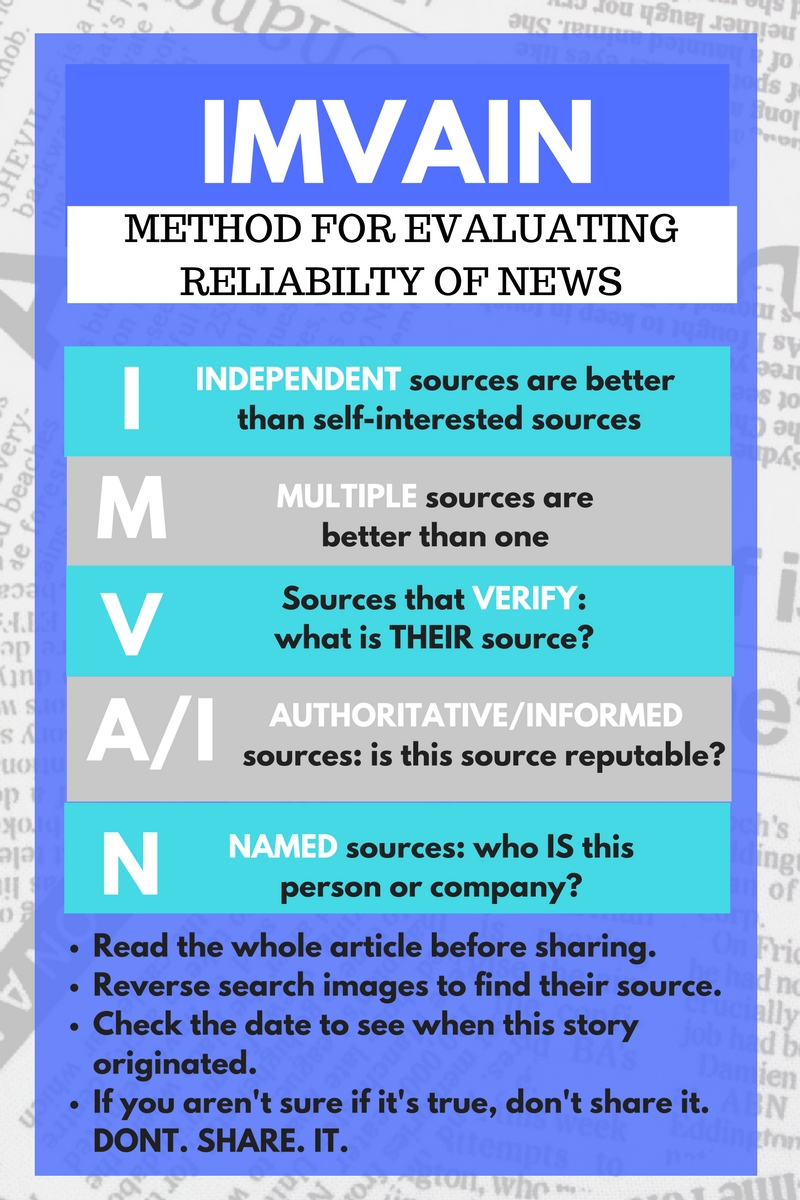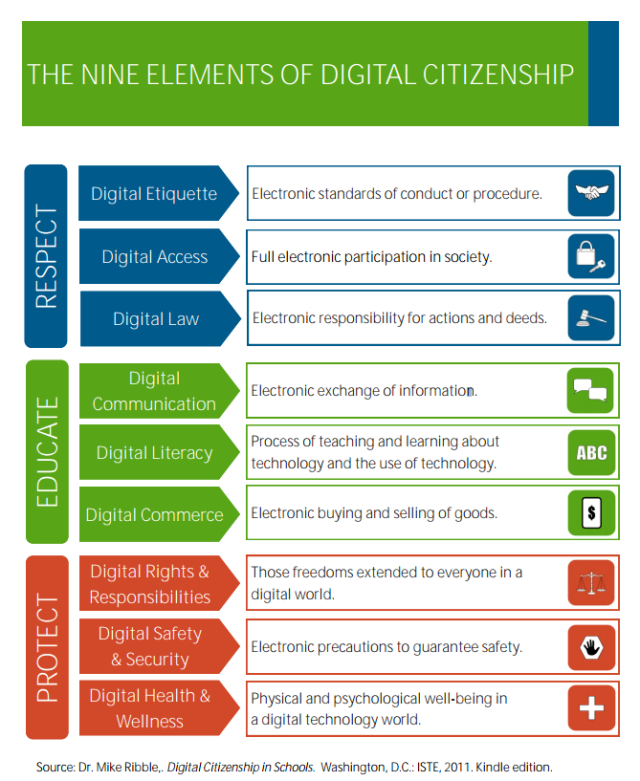Over the past eight years of my teaching career I have struggled with the transition from the talking head at the front of the class to a more technologically driven platform to assist in student engagement, independence and accountability. This leads to the first program/app that I will be diving into for my major project, Google Classroom. I have used this app sparingly in the past but have not immersed myself and the educational experience of my students in it fully.
 Source
Source
What is Google Classroom?
Google Classroom is an educational program for teachers and students to utilize to organize their assignments, projects and tests. This platform assists in the delivery of assignments that are connected to the class students are enrolled in. Through attaching documents, rubrics, videos, etc. the learning experience for students is kept organized and easy to access and complete. With the ability to access school work anywhere with a WiFi connection, without losing it, Google Classroom is a solid educational technology for students and educators to utilize.
Terms and Services
Lets begin with the most important aspect when using new tech tools, the terms and services. One thing that popped out right away was in the Your Content in our Services section, it states:
“When you upload, submit, store, send or receive content to or through our Services, you give Google (and those we work with) a worldwide licence to use, host, store, reproduce, modify, create derivative works (such as those resulting from translations, adaptations or other changes that we make so that your content works better with our Services), communicate, publish, publicly perform, publicly display and distribute such content.”
This has major implications attached to it, especially when dealing with students. In this regard educators need to be hyper aware of what they are posting to their Google Suites. This would not be a platform to share and store student information for teachers. Google has access to all of these documents and information, and likely wouldn’t do anything with it, but all confidentiality is compromised when student information is posted in these sites. The message educators have to take away from this aspect of the terms and services is that they need to hypersensitive to the content and information that they are posting in Google. This is also echoed in the Information we share section of the Terms and Services for Google Suite.
“Information we collect may be shared outside of Google in limited circumstances. We do not share personal information with companies, organizations and individuals outside of Google unless one of the following circumstances applies:
- With user consent. We will share personal information with companies, organizations or individuals outside of Google when we have user consent or parents’ consent (as applicable).
- With G Suite for Education administrators. G Suite for Education administrators have access to information stored in the Google Accounts of users in that school or domain.
- For external processing. We provide personal information to our affiliates or other trusted businesses or persons to process it for us, based on our instructions and in compliance with our Privacy Policy and any other appropriate confidentiality and security measures.
- For legal reasons. We will share personal information with companies, organizations or individuals outside of Google if we have a good-faith belief that access, use, preservation or disclosure of the information is reasonably necessary to:
- meet any applicable law, regulation, legal process or enforceable governmental request.
- enforce applicable Terms of Service, including investigation of potential violations.
- detect, prevent, or otherwise address fraud, security or technical issues.
- protect against harm to the rights, property or safety of Google, our users or the public as required or permitted by law.”
Needless to say, educators need to be careful about what they are putting into their Google accounts, class content, rubrics, educational videos and sites, assignment documents are all good. Anything to do with specific students like LRT spreadsheets for students with learning barriers, for example, or any confidential documents would be a horrible document to share over any Google product.
The Pro’s
Now that the intense aspects are out of the way I have looked at Google Classroom as a tool for my facilitating of learning and classroom environment. This tool has an immense amount of upside for educators. first off you are able to create classes and exclusively invite all of the students to join, and their parents/guardians as well, a great way to have transparency as a team working towards success of a student. This app also holds students accountable, making their work accessible from where ever there is a WiFi network. They can access it from their phones in app form as well as within an internet browser. Students access the assignment and can create a document that is connected to the assignment, which is great as some kids partially complete work and as the educator you are able to access it and either mark it or prod them to complete it. This tech tool also gives educators the ability to mark through it, whether you create a test through Google Forms or a simple assignment you have the ability to assess their work in an organized way and one of the more important aspects is that student work is always going to remain in that assignment in Google Classroom, they can not lose it, no excuses.
The Con’s
This is a great tool for educational purposes, but we have to keep in mind that not all of our students have a computer or smart device at home. Because it is strictly an online platform we have to be flexible with this realization and make sure we are either giving extra time during class to complete assignments or creating alternative templates for those students to use at home.
There are comment sections within Google Classroom that can become a bit annoying when students are posting unnecessary things, so you have the ability to mute them as well which helps to ensure a safe online community.
Another thing that I have noticed in my short time utilizing this tool is the fact that you do not get a notification when students hand their work in. This only happens when it is late. I find this a negative aspect as I like correcting assignments as they come in and this is an area that is lacking.
Although Google Classroom does keep student work in one place, it can be a bit disorganized. Having all of the assignments in one place under different topics (ELA, Science, Social, etc.) is helpful, but it is not kept linear. So it could take some time to find a particular assignment.
Collaboration and group work is an important aspect to the curriculum and within Google Classroom you cannot have multiple people smoothly on one document. This is easy to do within Google Docs, but within GC it is very individualized without the ability to link students into groups for collaboration purposes. This would be an area that, I would suggest, is the programs greatest weakness.
User Reviews
“I use Google Classroom with my grade 6/7’s as a means to close the digital learning gap that exists in today’s classroom. Though there are pieces I would like added, GC provides an access point to a connected and collaborative platform where learning can be taken deeper and more connections be made beyond just that of a regular classroom.” – Trevor Hlushko
“I really like Google Classroom primarily because I teach at Martin and we often have students that are away for lengthy periods of time attending various sporting events/tournaments. Google Classroom allows them to keep up to date with whatever is happening in the class – assignments, announcements for upcoming tests, resources, etc. In addition to the students enrolled in the sports academy, it’s also useful for regular-stream students that happen to miss a few days/weeks due to illness or other issues. Parents/guardians also benefit from Google Classroom because it keeps them informed as well. Parents can sign into a class as well and receive notifications whenever there’s an assignment/announcement. This helps to avoid the kind of surprises that can cause headaches for both parents and then teachers
As time as gone on and Google has added more and more features, the issues with Classroom have become less and less. Previously, I was unaware that I (as the teacher) could receive email notifications when a student submitted an assignment that was late. This caused some issues because students would submit assignments a couple of weeks late and I wouldn’t know unless I manually went to check. However, Google has since added a feature that allows the teacher to receive an email notification when an assignment is submitted late.
For me, the biggest downside to Google Classroom remains the digital divide. Yes, it is true that most students have access to technology but the key word there is most. There are still many students that do not have access to tech such as cell phones, computers, or even the internet. Teachers need to be cognizant of this fact and cannot solely rely on Google Classroom as a complete replacement for hard copies of assignments. Also, teachers need to make sure that their students know how to properly submit assignments via Classroom. Taking a bit of time at the start of each semester to go through this process with students (or at the very least post some links to tutorials in the Google Classroom feed) could help to prevent some headaches in the long run.
Overall, Google Classroom has been a welcomed addition to my teaching practice and there is no doubt in my mind that I will continue to use it with every one of my classes for the foreseeable future.” – Scott Gardiner
Conclusion
Overall I would recommend this Ed Tech tool to any educator. It is easy to use, helps track student work, keeps assignments and projects organized and in one place, and students love it and makes them feel a sense of independence. You do need to be careful when posting documents as Google has full access to them, this should not impede any educators choice to utilize this program, unless they are working with student information that would be confidential. Although there are some areas in which it could improve, this is definitely an app that I will continue to use throughout my career as a teacher.






